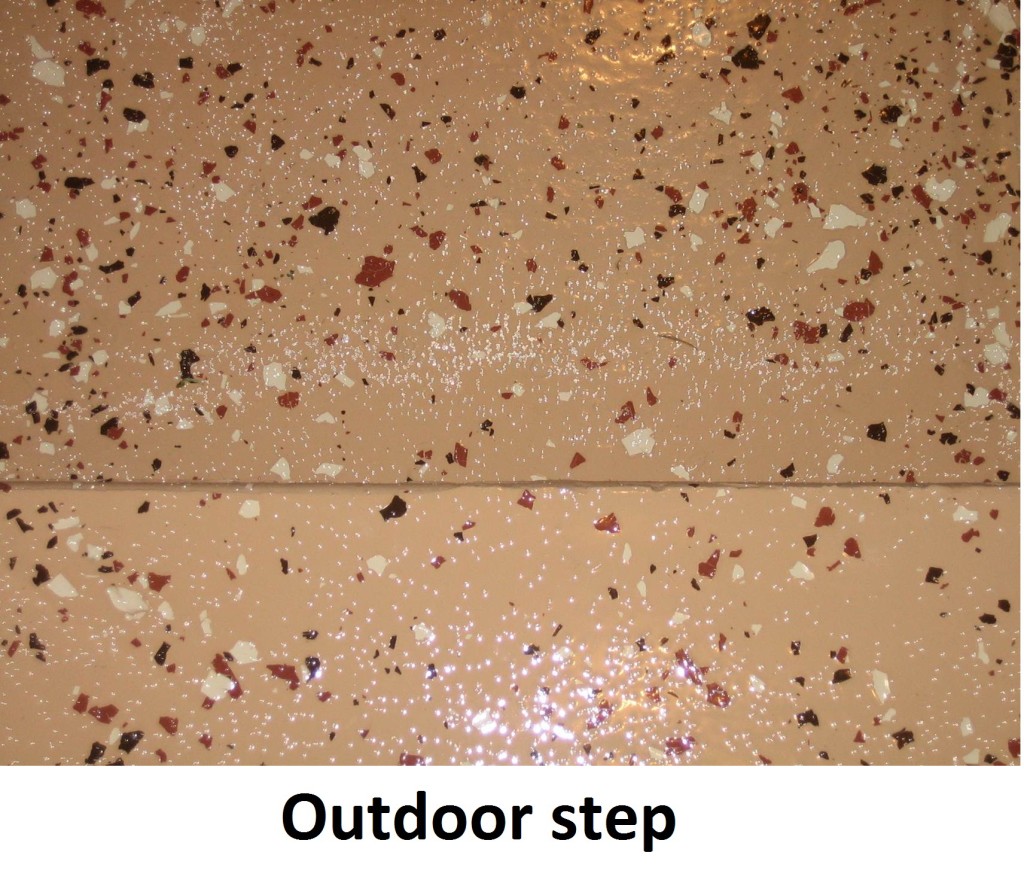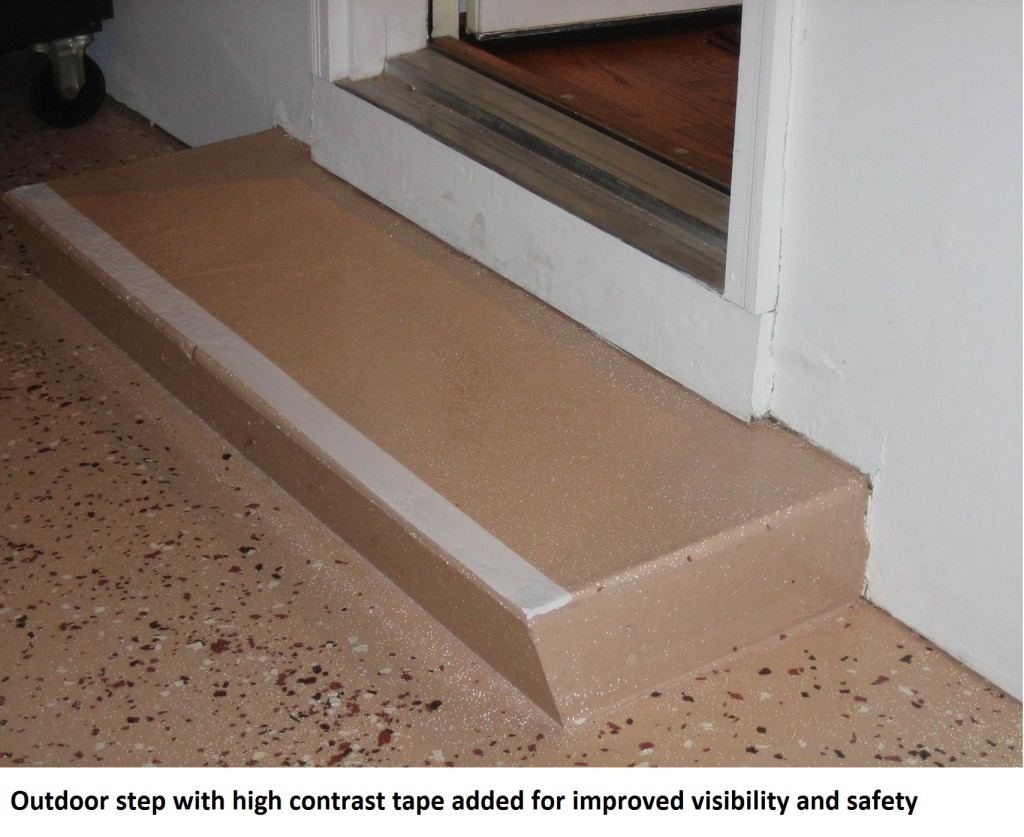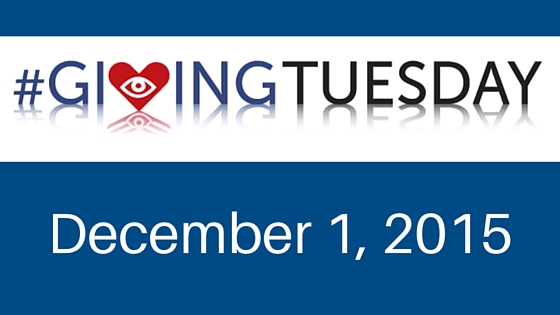As 2015 draws to a close, we want to thank you for reading this blog and trusting us to answer your questions. This blog is the product of a great group of eye care professionals and Discovery Eye Foundation (DEF) staff. Please consider a tax-deductible donation to DEF to show your appreciation.

We look forward to continuing to provide you with the most current information on vision, eye diseases, resources and personal stories in 2016.
Best wishes for a healthy and happy 2016!
12/29/15
 Susan DeRemer, CFRE
Susan DeRemer, CFRE
Vice President of Development
Discovery Eye Foundation









